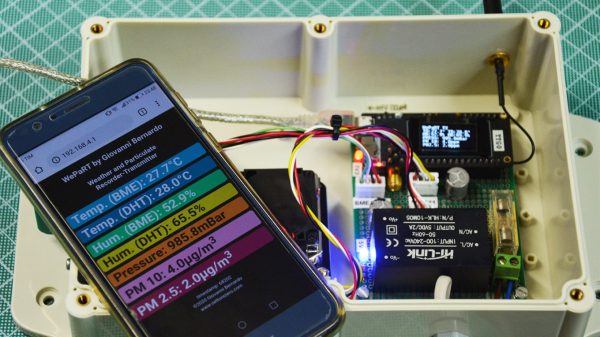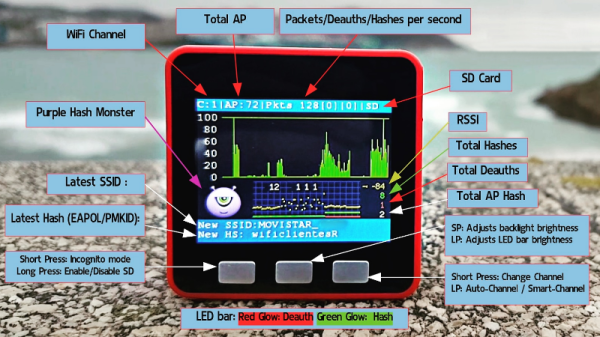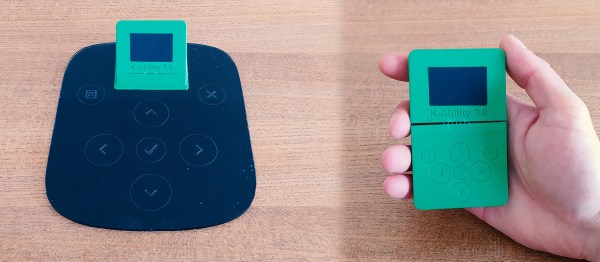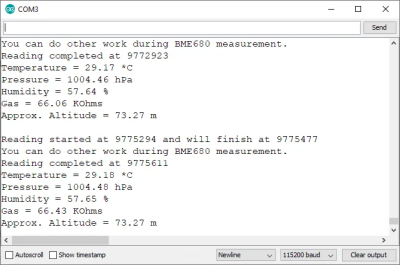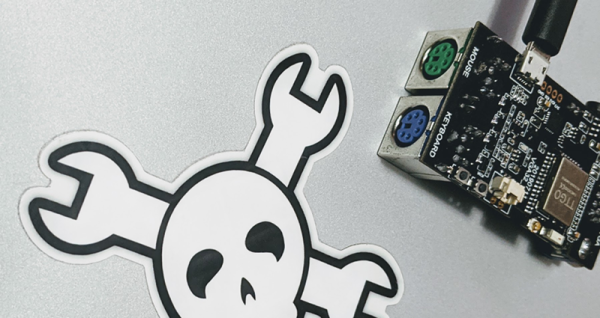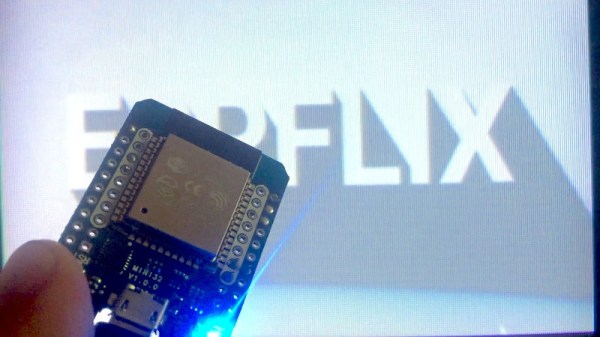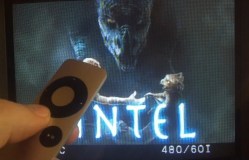We love getting our weather in a flurry of different methods, but have you tried building your own sensor suite to harvest the data for you? [Giovanni ‘CyB3rn0id’ Bernardo] needed to monitor isolated locations outside the reach of WiFi. His ray of hope is an ESP32 controller coupled with a LoRa module to beam data to a remote station that can access the cloud.
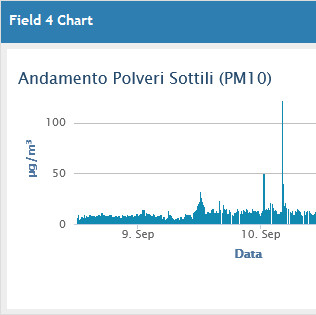 In addition to radios, he poured a deluge of sensors into the base station to read the temperature, barometric pressure, humidity, and fine dust. Why monitor dust as part of weather data collection? Particulate matter has a huge effect on air quality, something of great interest during a respiratory pandemic. For those readers near wildfires, quantifying your air quality (both indoors and out) is certainly of interest. [Giovanni] is using an SDS011 air quality sensor and has a long writeup just on this part. It uses a fan to move air past a laser-based sensing mechanism.
In addition to radios, he poured a deluge of sensors into the base station to read the temperature, barometric pressure, humidity, and fine dust. Why monitor dust as part of weather data collection? Particulate matter has a huge effect on air quality, something of great interest during a respiratory pandemic. For those readers near wildfires, quantifying your air quality (both indoors and out) is certainly of interest. [Giovanni] is using an SDS011 air quality sensor and has a long writeup just on this part. It uses a fan to move air past a laser-based sensing mechanism.
At the base station, live readings are shown on an OLED screen, but you can also connect to the ESP32 through your phone like a hotspot. If you keep a memory card installed, it will cache the readings in a perpetually-updated CSV file. In regular operation, the LoRa module overcasts the telemetry to its sister unit that acts as a Wifi/LoRa bridge so anyone can view gauges and graphs in real-time on ThingSpeak.
We want to shower [CyB3rn0id] with praise for seeing the cirrus serious impact of harmful dust and making something that can alert people. We don’t want to rain on anyone’s parade, but sometimes it is better to stay inside.

